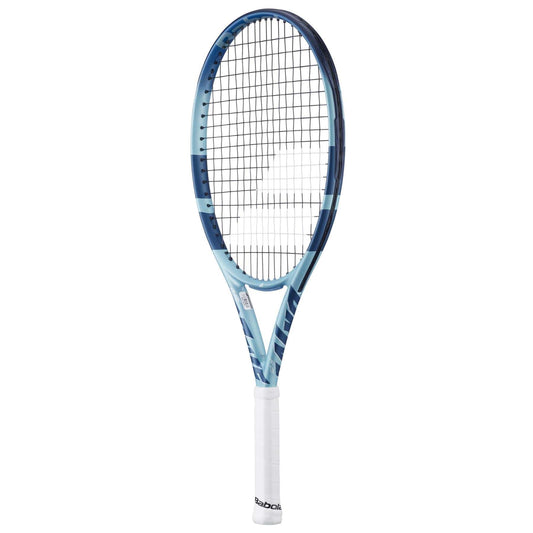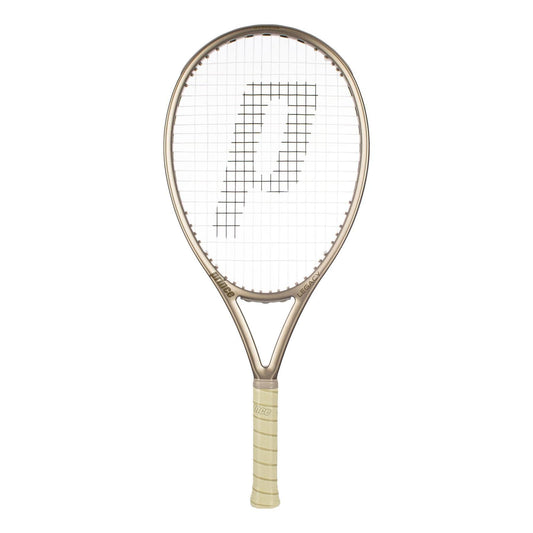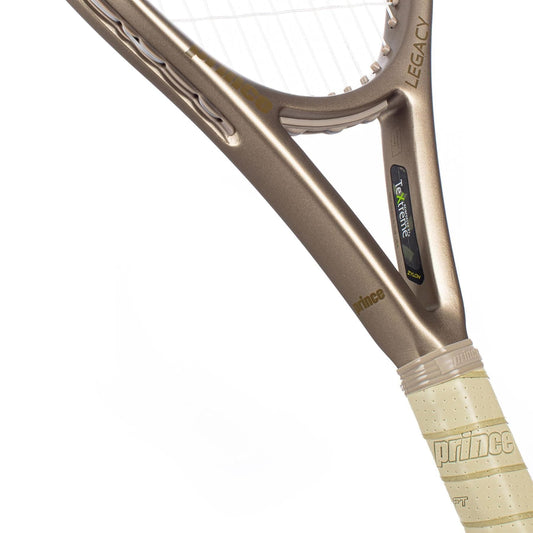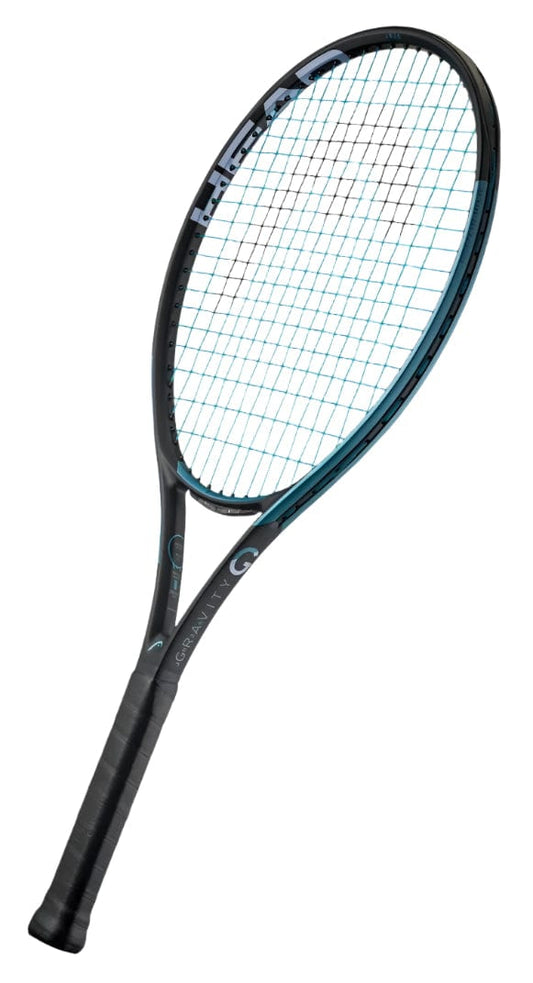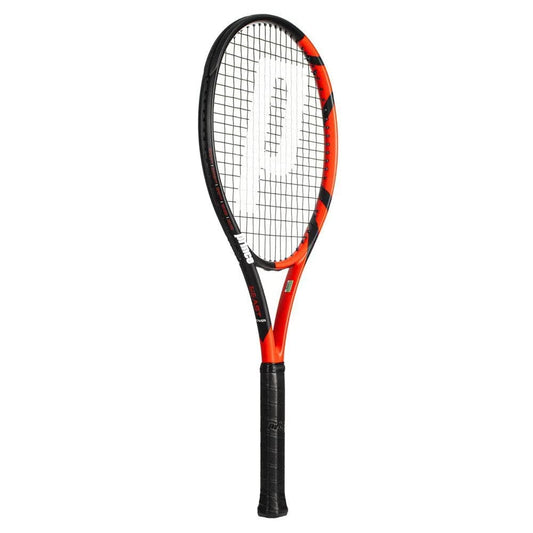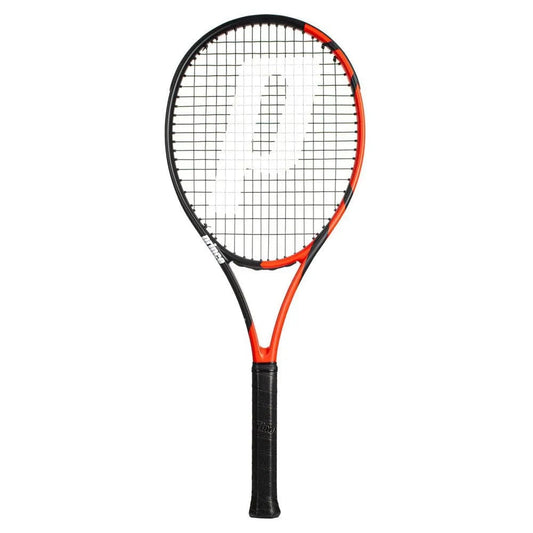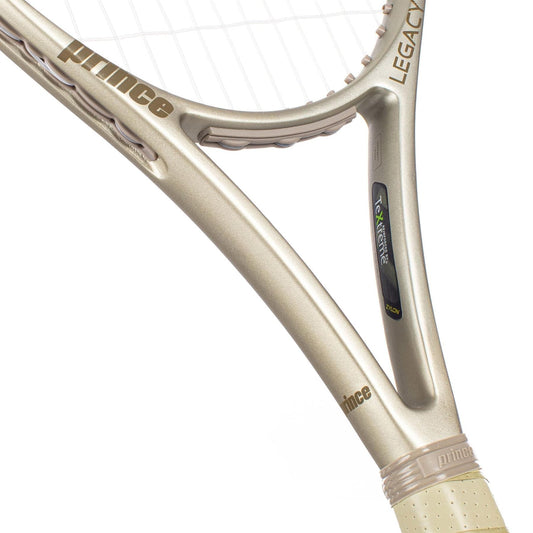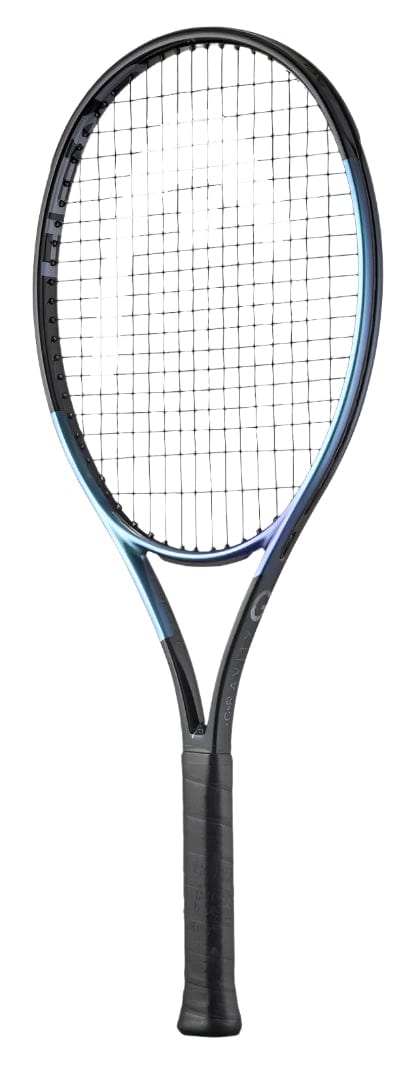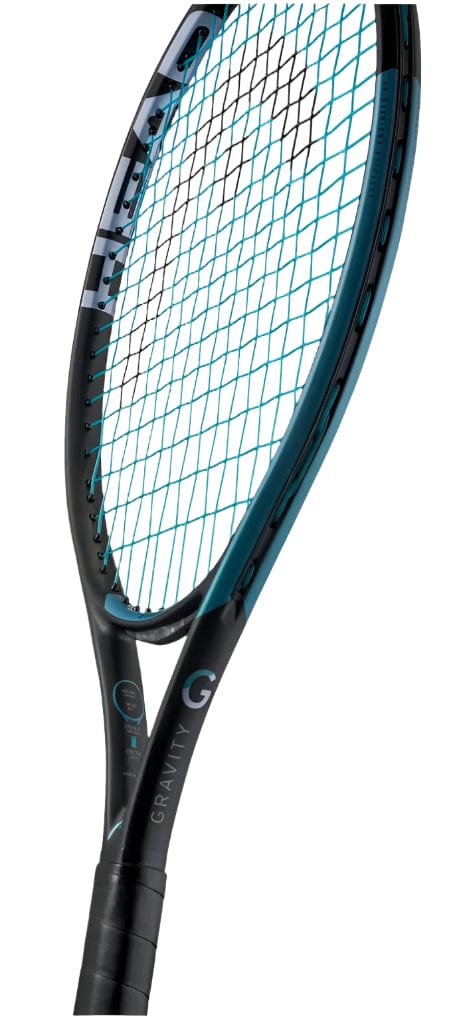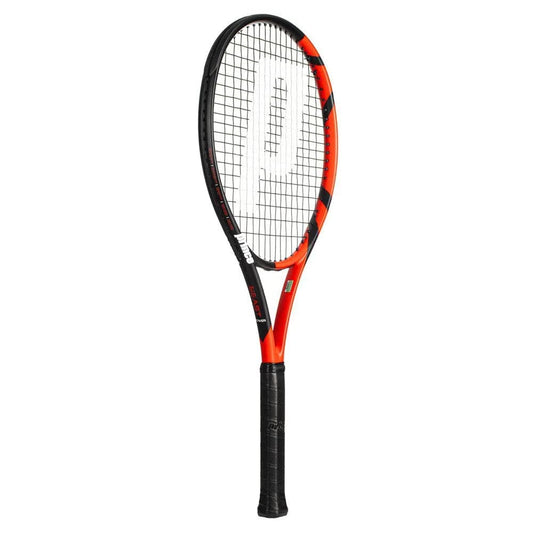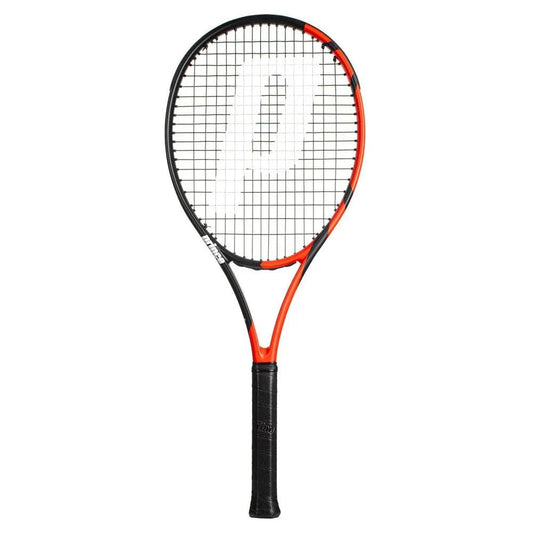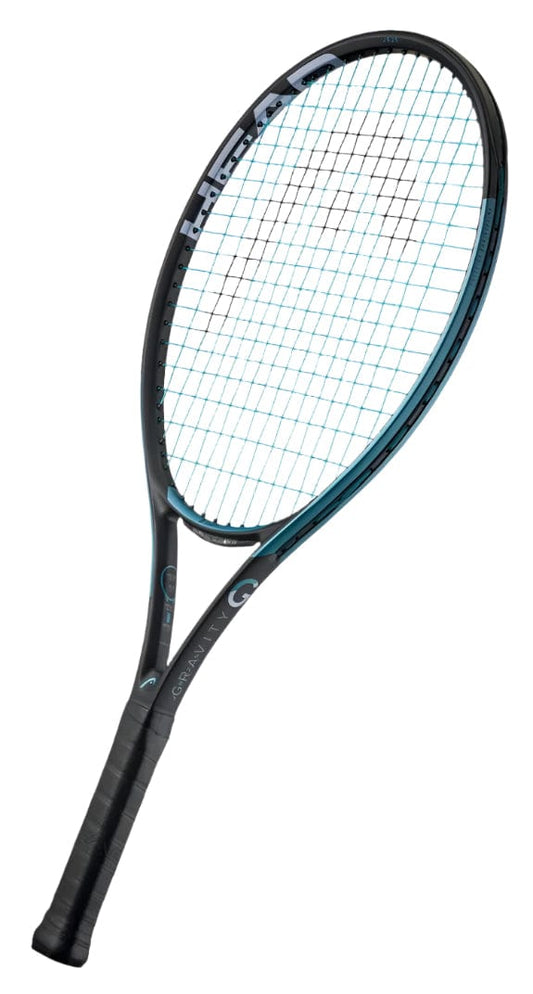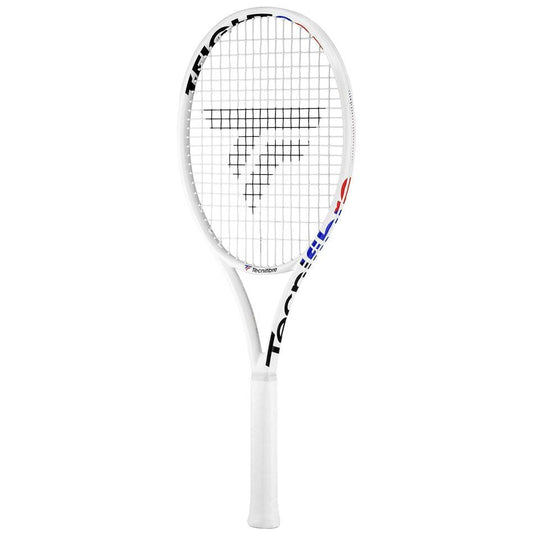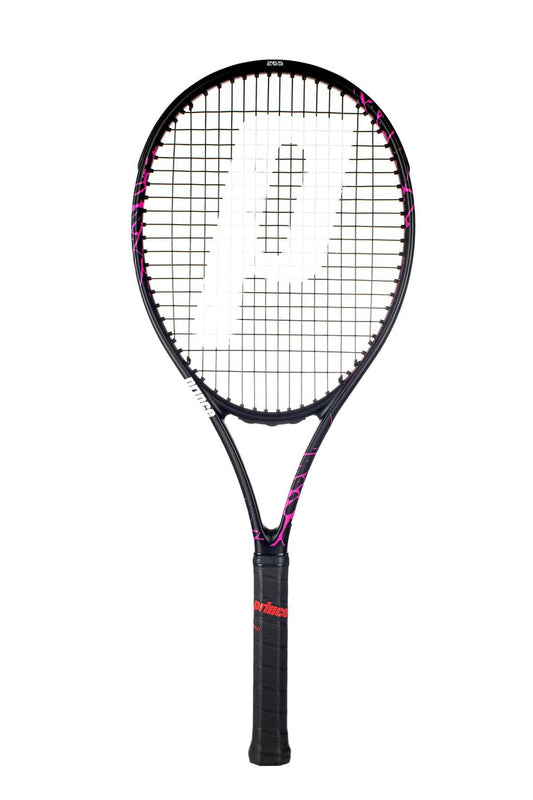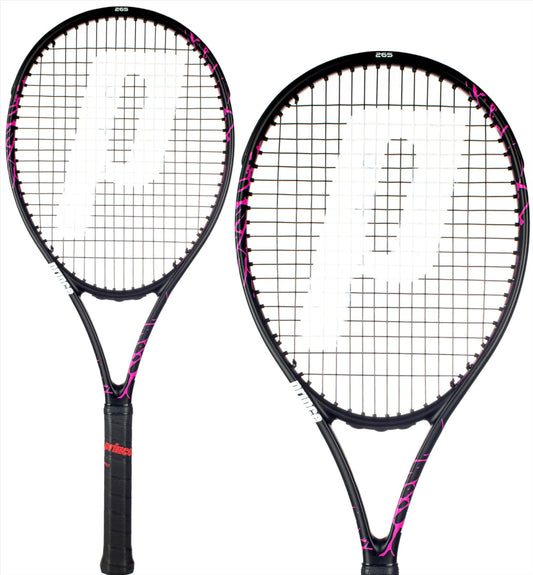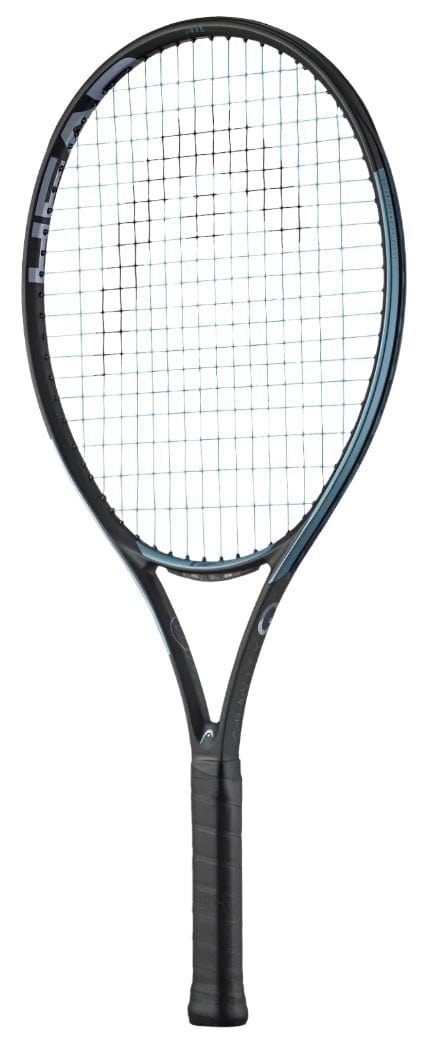Collection: Tennis Rackets For Power
Finding the right tennis racket is crucial for maximizing your performance on the court and if you need to do so check out our page here. However if you're looking to add more power to your game, a power tennis racket can be a game-changer. Here is a comprehensive guide to help you make an informed decision when looking at tennis rackets for power:
What is a power tennis racket?
Tennis rackets for power are specifically designed to maximize the power and speed of shots. These rackets are engineered to enhance a player's ability to generate greater ball speed and hit the ball with more force. Most beginner rackets are designed to help generate power and we have compiled our own list of best beginner tennis rackets to make your decision even easier.
If your level is above the beginner level then we would advise looking towards our intermediate tennis rackets, and filtering for attacking power on the play style filter.
Tennis rackets for power are designed to enable players to hit shots with greater pace and depth, making it harder for opponents to react and return the ball. The increased power can also be advantageous for players looking to hit winners or aggressive shots from defensive positions. However, it's important to note that most powerful tennis rackets require a certain level of skill and control to fully harness their potential, as the extra power can make it more challenging to maintain accuracy and consistency.
Do heavier rackets have more power?
While it is commonly believed that heavier tennis rackets inherently possess more power, the relationship between racket weight and power is more nuanced. The power generated by a tennis racket is influenced by several factors, including racket weight, swing speed, and racket head speed.
Racket weight does play a role in power potential to some extent. Heavier rackets have the potential to generate more power due to their increased mass. Heavy tennis rackets can generate more momentum, which, when combined with proper technique and timing, can result in greater ball speed and power upon contact.
However, it's important to note that using a heavier racket requires more physical strength and can potentially affect manoeuvrability. Players with sufficient strength and proper technique can effectively generate power with a heavier racket. However, for players with less strength or who prefer a faster, more manoeuvrable swing, a lighter racket may be more suitable.
Swing speed and racket head speed are crucial factors in generating power, irrespective of racket weight. A player with a faster swing speed can generate significant power even with a lighter racket. Racket head speed, which refers to the speed at which the racket head moves through the swing, is directly correlated with power. A player who can swing the racket with greater speed will generate more power, regardless of racket weight.
As we will continue below, there are other aspects of a racket to consider when looking at tennis rackets for power.
What to consider when looking at tennis rackets for power?
- Assess Your Playing Style and Skill Level: Consider your playing style and skill level before choosing a power tennis racket. If you already have a powerful swing and good technique, a power tennis racket can enhance your shots. However, if you're a beginner or have difficulty controlling your shots, a slightly less powerful racket may be more suitable until you develop better control.
- Understand Racket Specifications: Familiarize yourself with the various specifications that influence a racket's power potential:
- Head Size: A larger head size typically offers a larger sweet spot, providing more power and forgiveness. Look for a racket with a head size of 100 square inches or more.
- Length: Standard rackets are typically 27 inches long, but longer rackets (27.5 to 29 inches) can generate more power due to increased leverage.
- Weight: Tennis rackets for power are usually slightly heavier than control-oriented rackets. Look for a racket in the range of 10.6 to 11.6 ounces (300 to 330 grams) to balance power and manoeuvrability.
- Balance: Rackets can be head-heavy, head-light, or evenly balanced. A head-heavy racket offers more power, while a head-light racket provides better manoeuvrability. Consider your preference and playing style.
- Consider Racket Construction: Modern tennis rackets for power employ advanced materials and construction techniques. Look for the following features:
- Frame Material: Graphite or carbon fibre composites offer a good combination of power and stability. These materials are lightweight, stiff, and durable.
- Stiffness: A stiffer racket tends to generate more power but may be less forgiving on off-centre hits. Consider your preference for power versus comfort.
- Beam Width: Thicker beams provide more power, while thinner beams offer better control. Opt for a racket with a medium beam width for a balance between power and control.
- Strings: To maximise tennis rackets for power it is important to align them with a string and tension that benefits it's characteristics.
- Tension: Lower string tension provides more power, while higher tension offers better control. Opt for a mid-range tension to balance power and control.
- String Material: Polyester strings offer excellent durability and spin but are low powered, while multifilament strings provide more comfort, feel and power. Synthetic Gut is a cheaper option and is a reasonable all round string.
- Gauge: Thicker strings are generally more durable but offer slightly less power and spin. Thinner strings provide increased power and spin potential but may be less durable.
In conclusion, when looking at tennis rackets for power it's crucial to find a racket weight that suits your playing style, strength, and preferences. Experimenting with different racket weights and seeking guidance from tennis professionals can help identify the ideal racket for maximizing power in your game. You can find more info on rackets in our Ultimate Tennis Racket Buying Guide
-
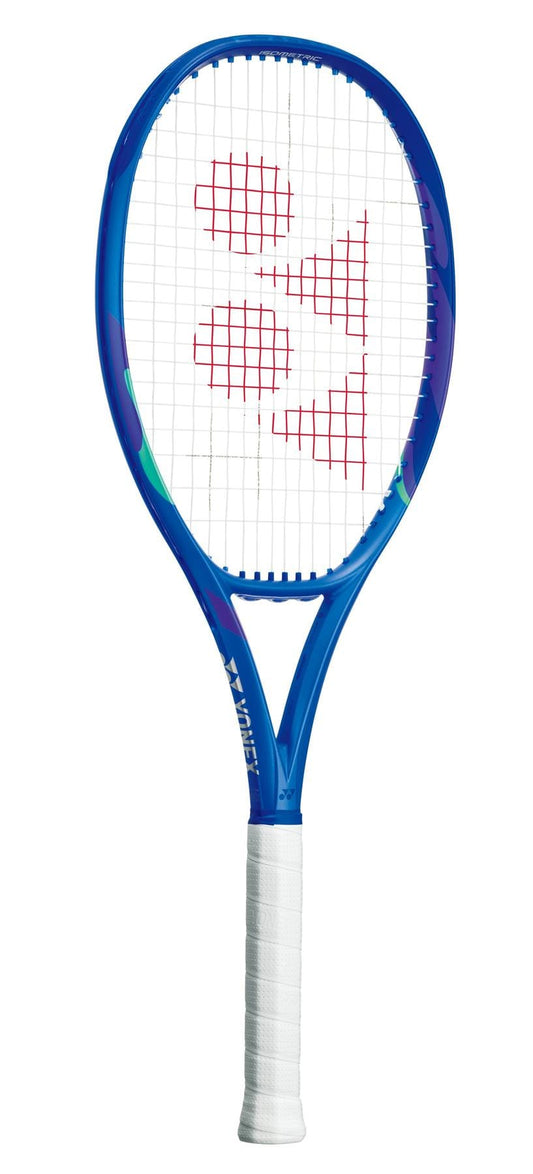
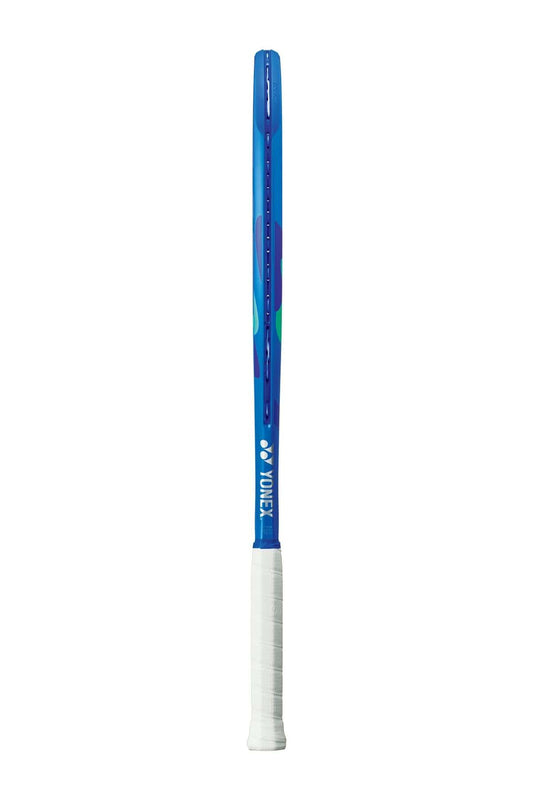 Grip 2 (4" 1/4)Grip 3 (4" 3/8)Grip 4 (4" 1/2)300GAttacking Power100 in² / 645 cm²
Grip 2 (4" 1/4)Grip 3 (4" 3/8)Grip 4 (4" 1/2)300GAttacking Power100 in² / 645 cm²Yonex EZONE 100 2025 Tennis Racket - Blast Blue
Save 23%Regular price From £184.98Regular priceUnit price / per£240.00Sale price From £184.98Sale -

 Grip 1 (4" 1/8)Grip 2 (4" 1/4)Grip 3 (4" 3/8)290GAttacking Power102 in² / 660 cm²
Grip 1 (4" 1/8)Grip 2 (4" 1/4)Grip 3 (4" 3/8)290GAttacking Power102 in² / 660 cm²Babolat Evo Strike Gen 2 Tennis Racket - White / Red / Grey (Strung)
Save 31% SALERegular price From £110.00Regular priceUnit price / per£159.99Sale price From £110.00Sale -
260GAttacking Power102 in² / 660 cm²
Babolat Boost Aero Pink 260g Tennis Racket (Strung)
Save 25%Regular price £71.25Regular priceUnit price / per£95.00Sale price £71.25Sale -

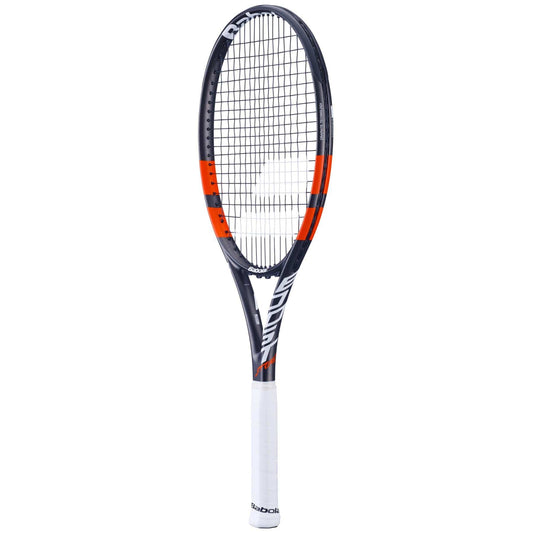 Grip 1 (4" 1/8)Grip 2 (4" 1/4)Grip 3 (4" 3/8)SALE Save 25%285GAttacking Power102 in² / 660 cm²
Grip 1 (4" 1/8)Grip 2 (4" 1/4)Grip 3 (4" 3/8)SALE Save 25%285GAttacking Power102 in² / 660 cm²Babolat Boost Strike 2024 Tennis Racket - Grey / Red
Save 25% SALERegular price £71.25Regular priceUnit price / per£95.00Sale price £71.25Sale -

 Grip 2 (4" 1/4)Grip 3 (4" 3/8)Grip 4 (4" 1/2)300GAttacking Power100 in² / 645 cm²
Grip 2 (4" 1/4)Grip 3 (4" 3/8)Grip 4 (4" 1/2)300GAttacking Power100 in² / 645 cm²Babolat Pure Drive 2025 Tennis Racket - Blue
Save 12%Regular price From £202.49Regular priceUnit price / per£229.99Sale price From £202.49Sale -

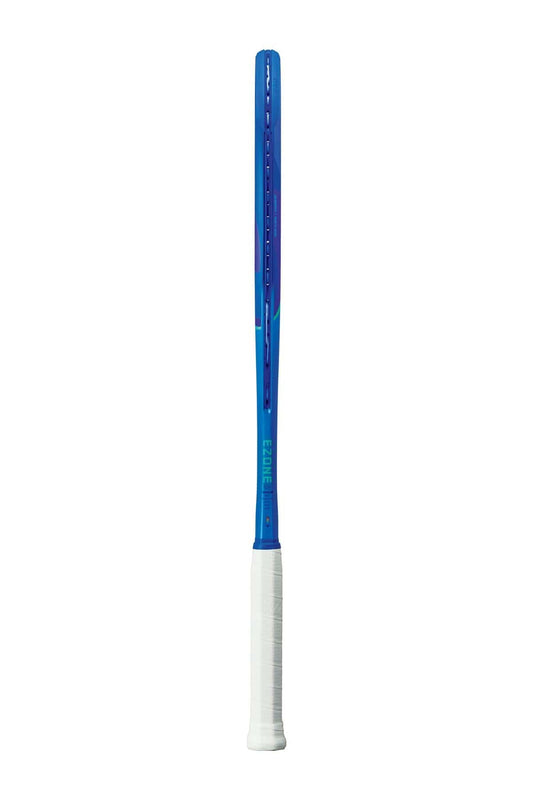 Grip 2 (4" 1/4)Grip 3 (4" 3/8)Grip 4 (4" 1/2)305GAttacking Power98 in² / 630 cm²
Grip 2 (4" 1/4)Grip 3 (4" 3/8)Grip 4 (4" 1/2)305GAttacking Power98 in² / 630 cm²Yonex EZONE 98 2025 Tennis Racket - Blast Blue
Save 20%Regular price From £191.99Regular priceUnit price / per£240.00Sale price From £191.99Sale -
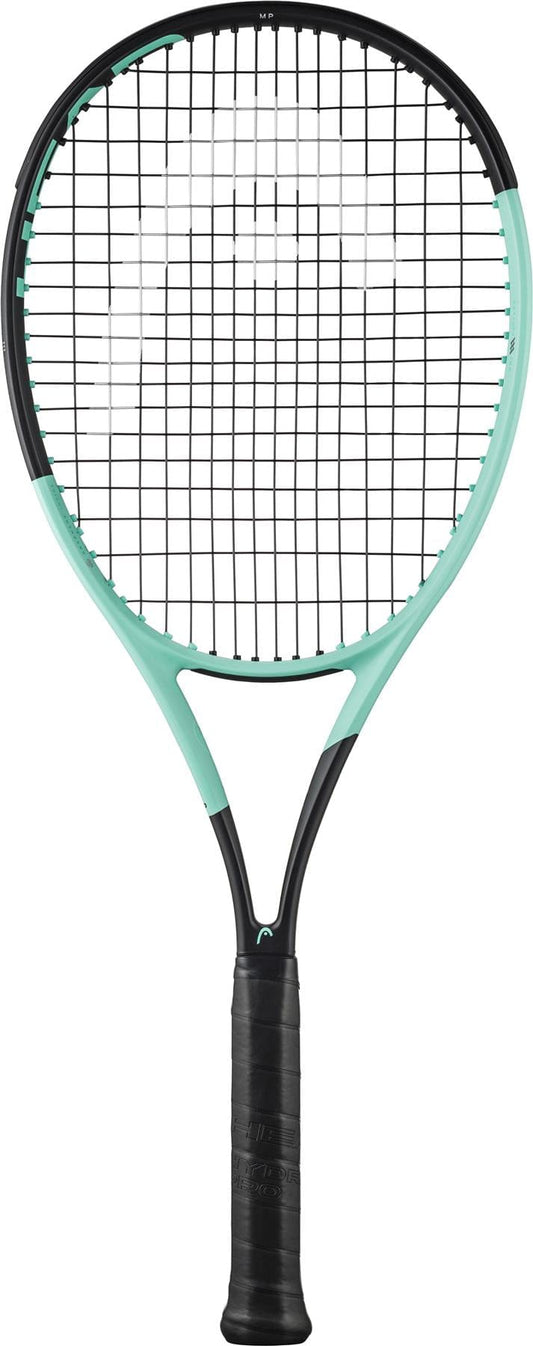
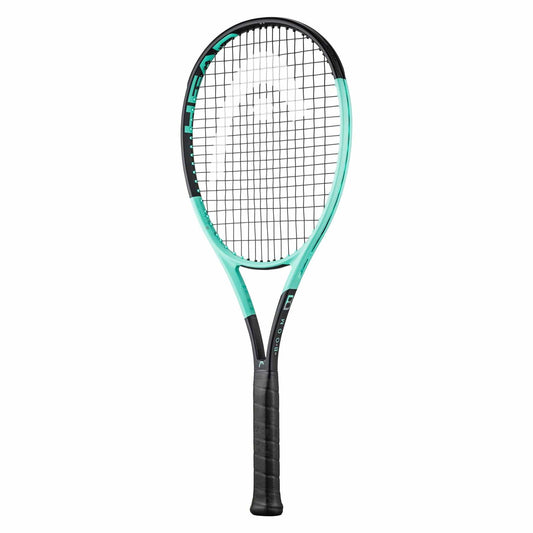 Grip 2 (4" 1/4)Grip 3 (4" 3/8)Grip 4 (4" 1/2)Grip 5 (4" 5/8)295GAttacking Power100 in² / 645 cm²
Grip 2 (4" 1/4)Grip 3 (4" 3/8)Grip 4 (4" 1/2)Grip 5 (4" 5/8)295GAttacking Power100 in² / 645 cm²HEAD Boom MP 2024 Tennis Racket - Black / Mint
Save 29%Regular price £148.99Regular priceUnit price / per£210.00Sale price £148.99Sale -
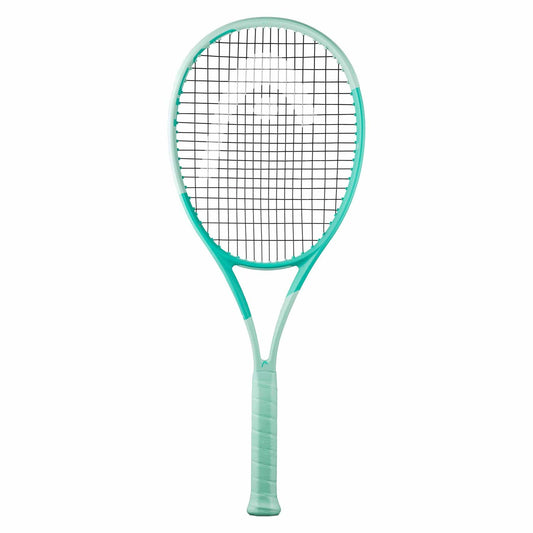
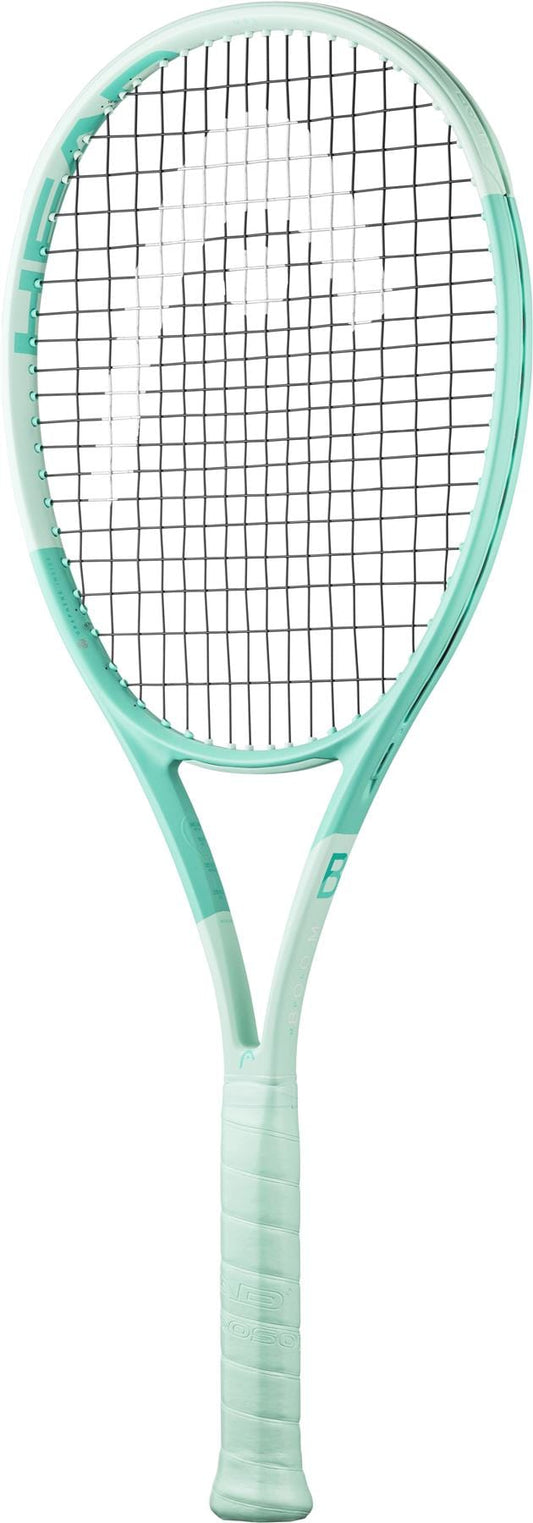 Grip 1 (4" 1/8)Grip 2 (4" 1/4)Grip 3 (4" 3/8)Grip 4 (4" 1/2)270GAttacking Power100 in² / 645 cm²
Grip 1 (4" 1/8)Grip 2 (4" 1/4)Grip 3 (4" 3/8)Grip 4 (4" 1/2)270GAttacking Power100 in² / 645 cm²HEAD Boom MP L 2024 Alternate Tennis Racket - Mint
Save 34%Regular price From £125.99Regular priceUnit price / per£190.00Sale price From £125.99Sale -
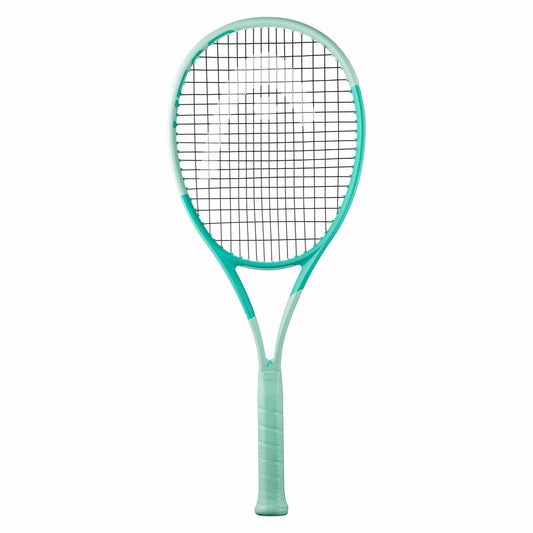
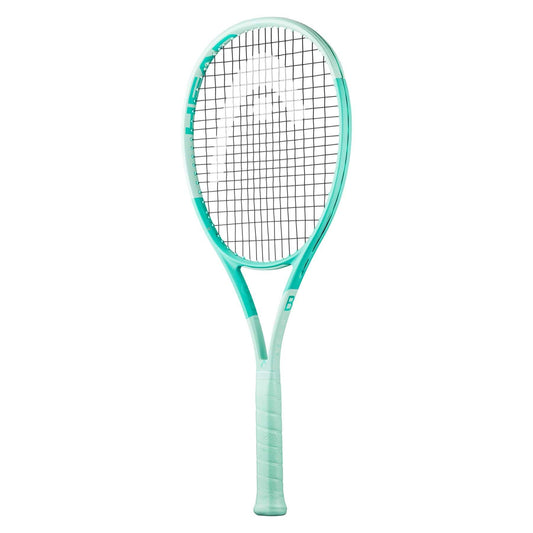 Grip 2 (4" 1/4)Grip 3 (4" 3/8)Grip 4 (4" 1/2)Grip 5 (4" 5/8)295GAttacking Power100 in² / 645 cm²
Grip 2 (4" 1/4)Grip 3 (4" 3/8)Grip 4 (4" 1/2)Grip 5 (4" 5/8)295GAttacking Power100 in² / 645 cm²HEAD Boom MP 2024 Alternate Tennis Racket - Mint
Save 31%Regular price From £144.99Regular priceUnit price / per£210.00Sale price From £144.99Sale -
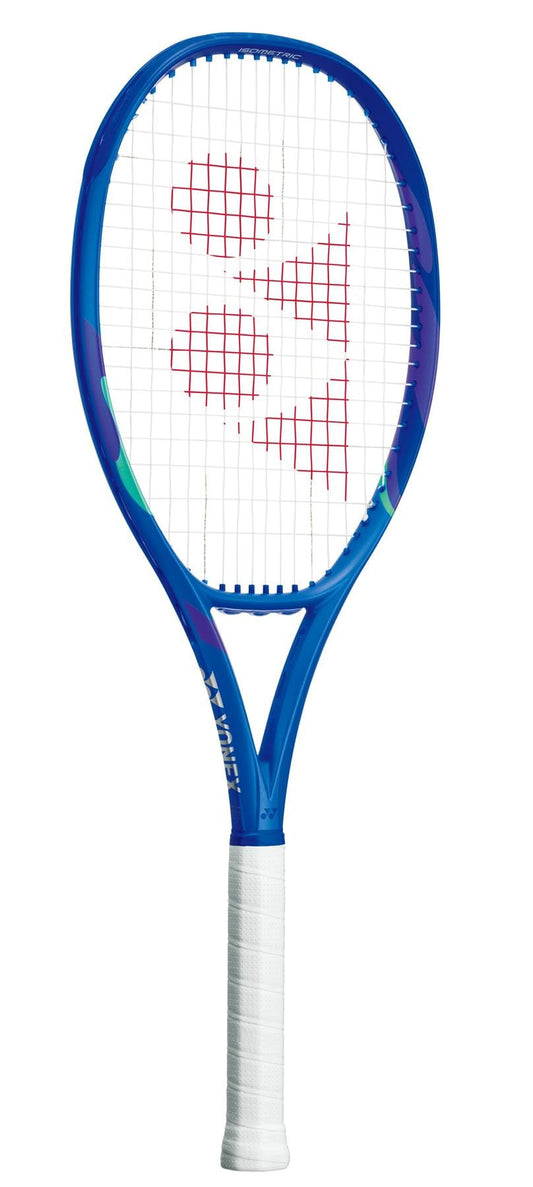
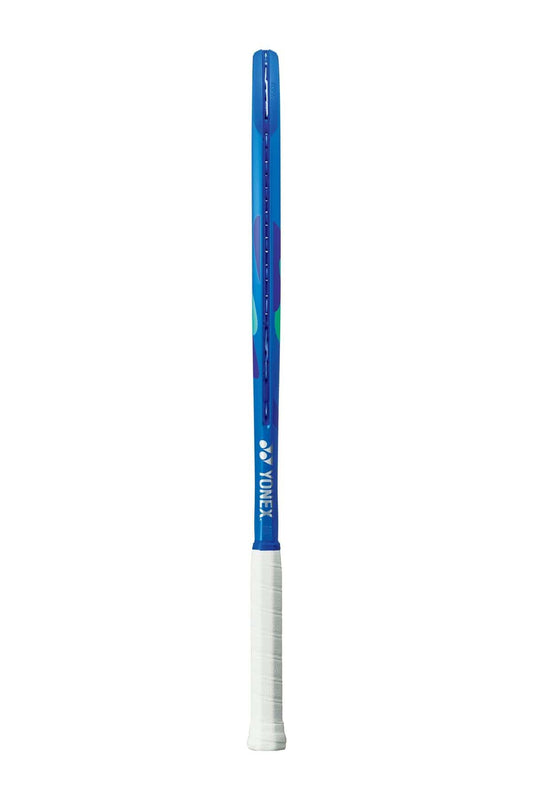 Grip 1 (4" 1/8)Grip 2 (4" 1/4)Grip 3 (4" 3/8)285GAttacking Power100 in² / 645 cm²
Grip 1 (4" 1/8)Grip 2 (4" 1/4)Grip 3 (4" 3/8)285GAttacking Power100 in² / 645 cm²Yonex EZONE 100L 2025 Tennis Racket - Blast Blue
Save 21%Regular price £189.99Regular priceUnit price / per£240.00Sale price £189.99Sale -

 Grip 1 (4" 1/8)Grip 2 (4" 1/4)Grip 3 (4" 3/8)270GAttacking Power100 in² / 645 cm²
Grip 1 (4" 1/8)Grip 2 (4" 1/4)Grip 3 (4" 3/8)270GAttacking Power100 in² / 645 cm²Babolat Pure Drive Lite 2025 Tennis Racket - Blue
Save 12%Regular price From £179.99Regular priceUnit price / per£204.99Sale price From £179.99Sale -
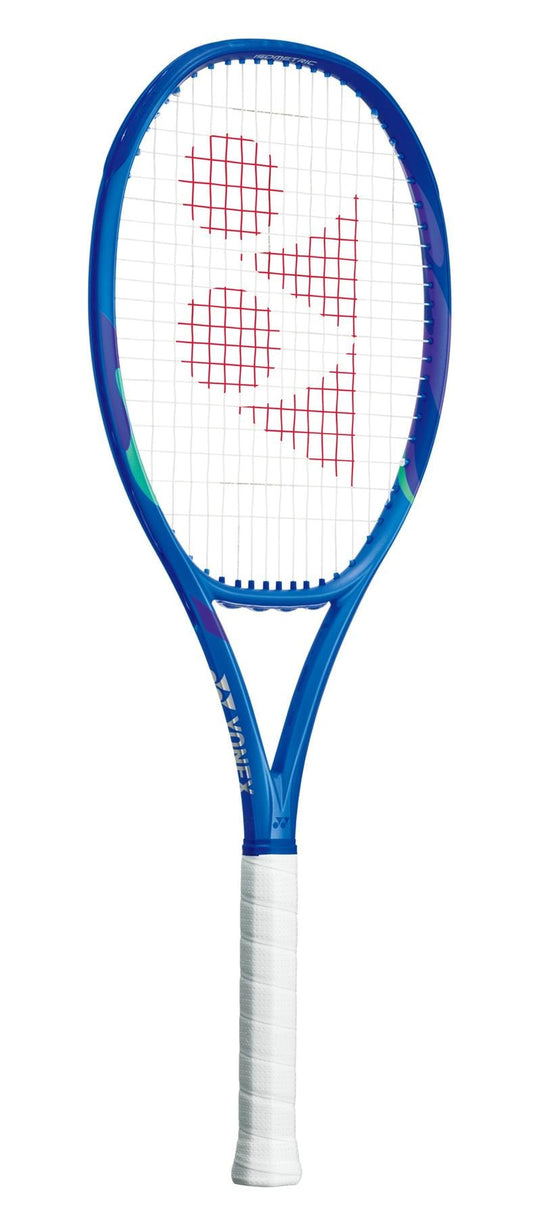
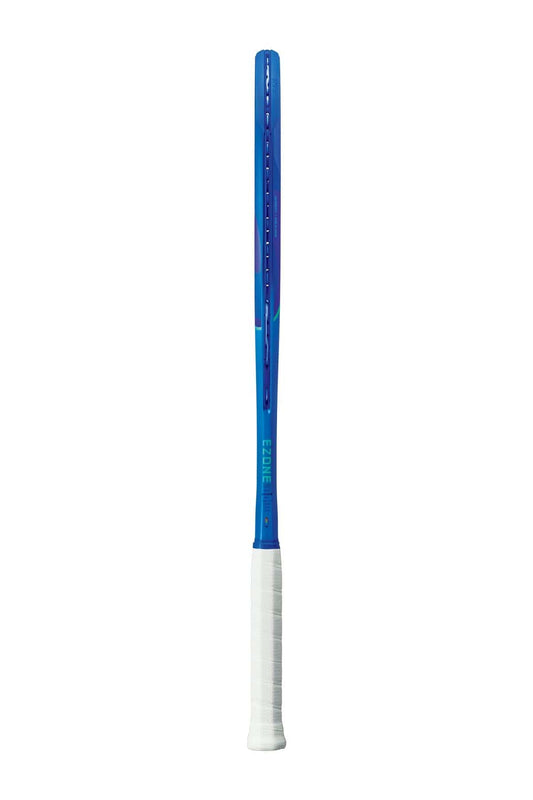 Grip 2 (4" 1/4)Grip 3 (4" 3/8)Grip 4 (4" 1/2)315GAttacking Power98 in² / 630 cm²
Grip 2 (4" 1/4)Grip 3 (4" 3/8)Grip 4 (4" 1/2)315GAttacking Power98 in² / 630 cm²Yonex EZONE 98 2025 Tour Tennis Racket - Blast Blue
Save 20%Regular price £191.99Regular priceUnit price / per£240.00Sale price £191.99Sale -

 Grip 1 (4" 1/8)Grip 2 (4" 1/4)Grip 3 (4" 3/8)285GAttacking Power100 in² / 645 cm²
Grip 1 (4" 1/8)Grip 2 (4" 1/4)Grip 3 (4" 3/8)285GAttacking Power100 in² / 645 cm²Babolat Pure Drive Team 2025 Tennis Racket - Blue
Save 10%Regular price From £192.99Regular priceUnit price / per£214.99Sale price From £192.99Sale -

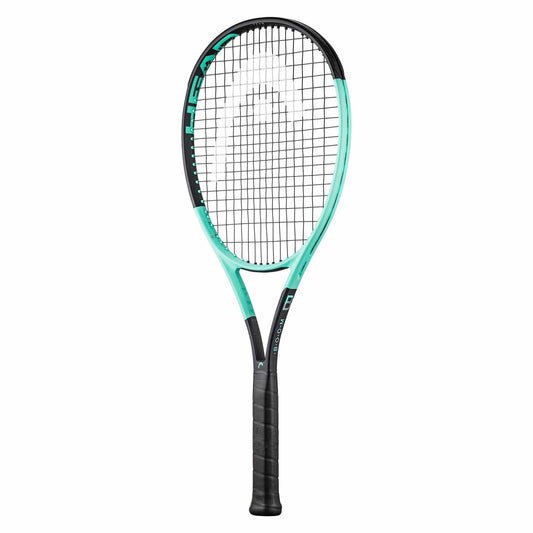 Grip 1 (4" 1/8)Grip 2 (4" 1/4)Grip 3 (4" 3/8)Grip 4 (4" 1/2)275GAttacking Power102 in² / 660 cm²
Grip 1 (4" 1/8)Grip 2 (4" 1/4)Grip 3 (4" 3/8)Grip 4 (4" 1/2)275GAttacking Power102 in² / 660 cm²HEAD Boom Team 2024 Tennis Racket - Black / Mint
Save 29%Regular price From £134.99Regular priceUnit price / per£190.00Sale price From £134.99Sale -
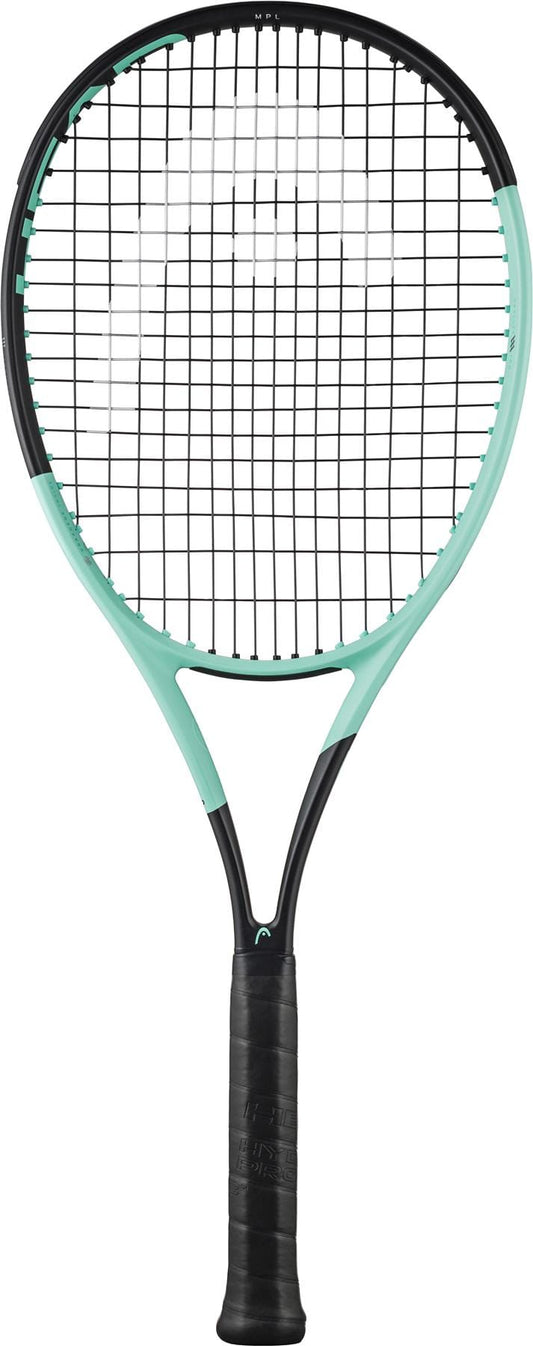
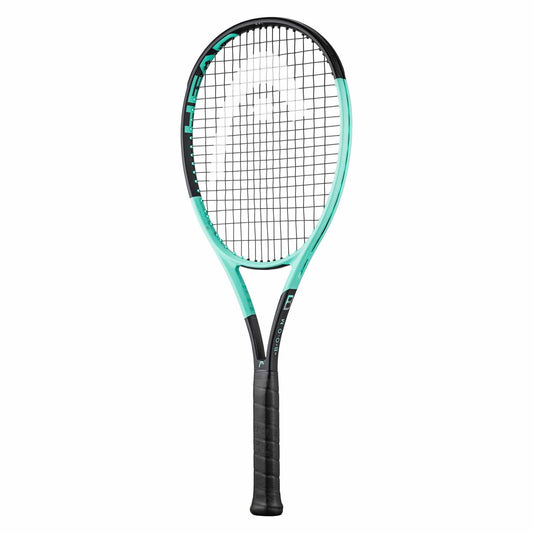 Grip 1 (4" 1/8)Grip 2 (4" 1/4)Grip 3 (4" 3/8)Grip 4 (4" 1/2)270GAttacking Power100 in² / 645 cm²
Grip 1 (4" 1/8)Grip 2 (4" 1/4)Grip 3 (4" 3/8)Grip 4 (4" 1/2)270GAttacking Power100 in² / 645 cm²HEAD Boom MP L 2024 Tennis Racket - Black / Mint
Save 34%Regular price From £124.99Regular priceUnit price / per£190.00Sale price From £124.99Sale -

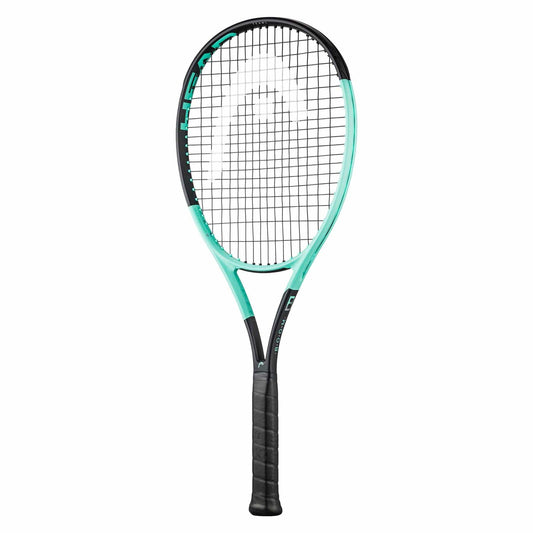 Grip 1 (4" 1/8)Grip 2 (4" 1/4)Grip 3 (4" 3/8)Grip 4 (4" 1/2)260GAttacking Power107 in² / 690 cm²
Grip 1 (4" 1/8)Grip 2 (4" 1/4)Grip 3 (4" 3/8)Grip 4 (4" 1/2)260GAttacking Power107 in² / 690 cm²HEAD Boom Team L 2024 Tennis Racket - Black / Mint
Save 25%Regular price £126.99Regular priceUnit price / per£170.00Sale price £126.99Sale -
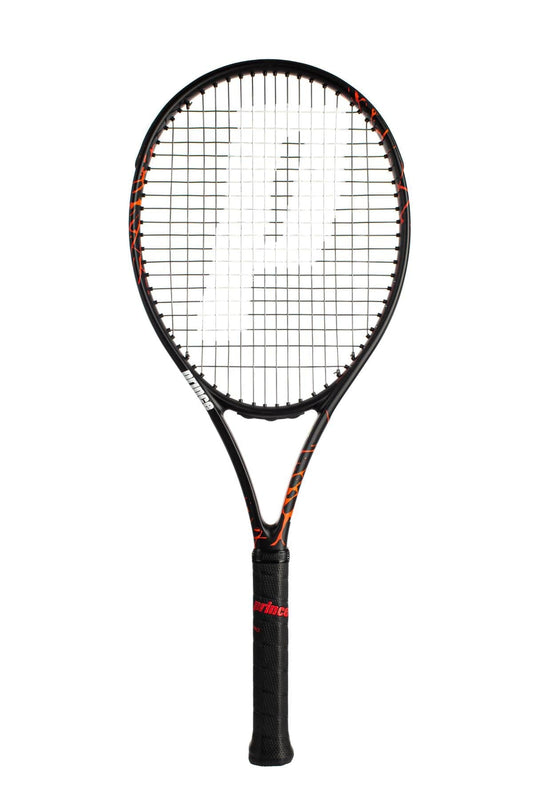
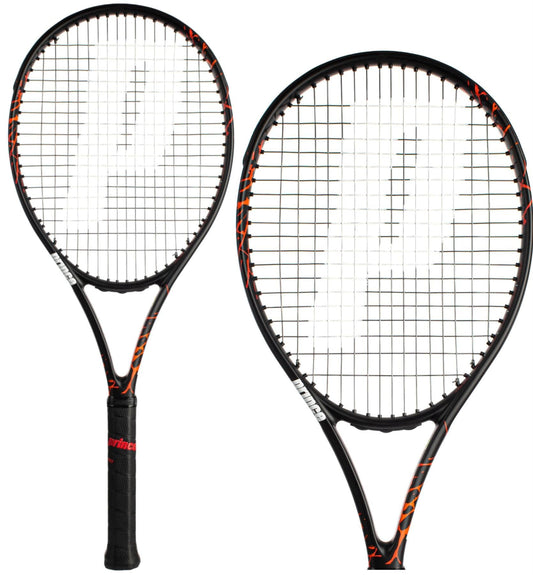 Grip 1 (4" 1/8)Grip 2 (4" 1/4)Grip 3 (4" 3/8)Grip 4 (4" 1/2)SALE Save 27%300GAttacking Power100 in² / 645 cm²
Grip 1 (4" 1/8)Grip 2 (4" 1/4)Grip 3 (4" 3/8)Grip 4 (4" 1/2)SALE Save 27%300GAttacking Power100 in² / 645 cm²Prince Beast 100 300g Tennis Racket (Frame Only) - Black
Save 27% SALERegular price From £146.97Regular priceUnit price / per£200.00Sale price From £146.97Sale -
230GAttacking Power100 in² / 645 cm²
Babolat Drive Junior 25 Tennis Racket - Blue / White
Save 23%Regular price £49.99Regular priceUnit price / per£65.00Sale price £49.99Sale -

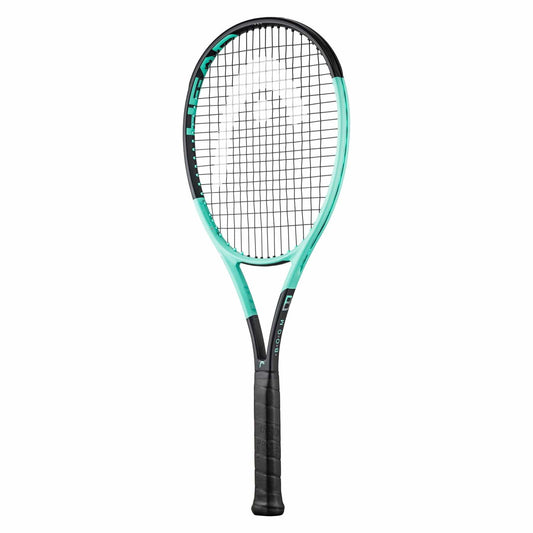 Grip 2 (4" 1/4)Grip 3 (4" 3/8)Grip 4 (4" 1/2)310GAttacking Power98 in² / 630 cm²
Grip 2 (4" 1/4)Grip 3 (4" 3/8)Grip 4 (4" 1/2)310GAttacking Power98 in² / 630 cm²HEAD Boom Pro 2024 Tennis Racket - Back / Mint
Save 25%Regular price From £172.21Regular priceUnit price / per£230.00Sale price From £172.21Sale -
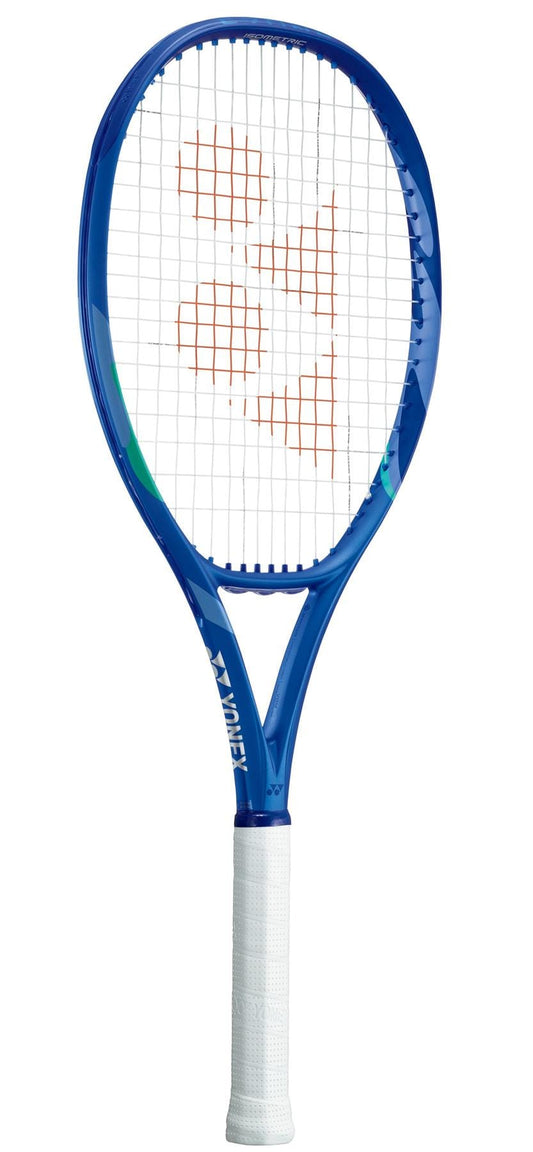
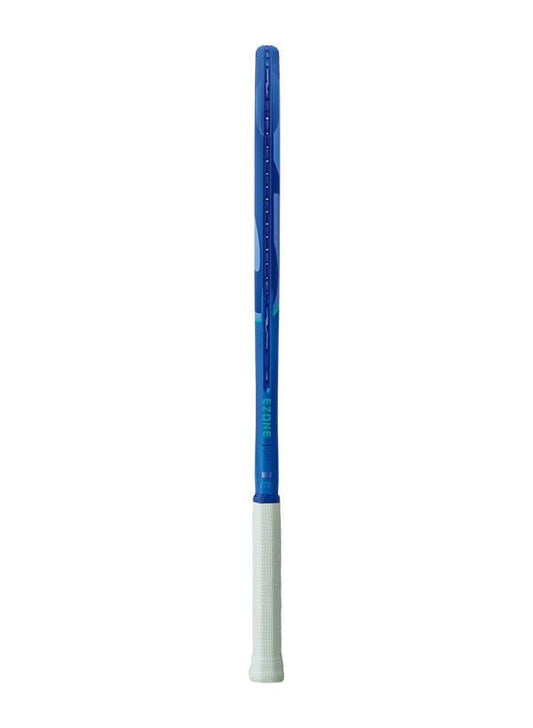 Grip 1 (4" 1/8)Grip 2 (4" 1/4)Grip 3 (4" 3/8)275GAttacking Power100 in² / 645 cm²
Grip 1 (4" 1/8)Grip 2 (4" 1/4)Grip 3 (4" 3/8)275GAttacking Power100 in² / 645 cm²Yonex EZONE Alpha 2025 Tennis Racket - Blast Blue
Save 29%Regular price From £109.99Regular priceUnit price / per£155.00Sale price From £109.99Sale -
230GAttacking Power100 in² / 645 cm²
Babolat Drive Junior 25 Tennis Racket - Blue / Red
Save 23%Regular price £49.99Regular priceUnit price / per£65.00Sale price £49.99Sale -
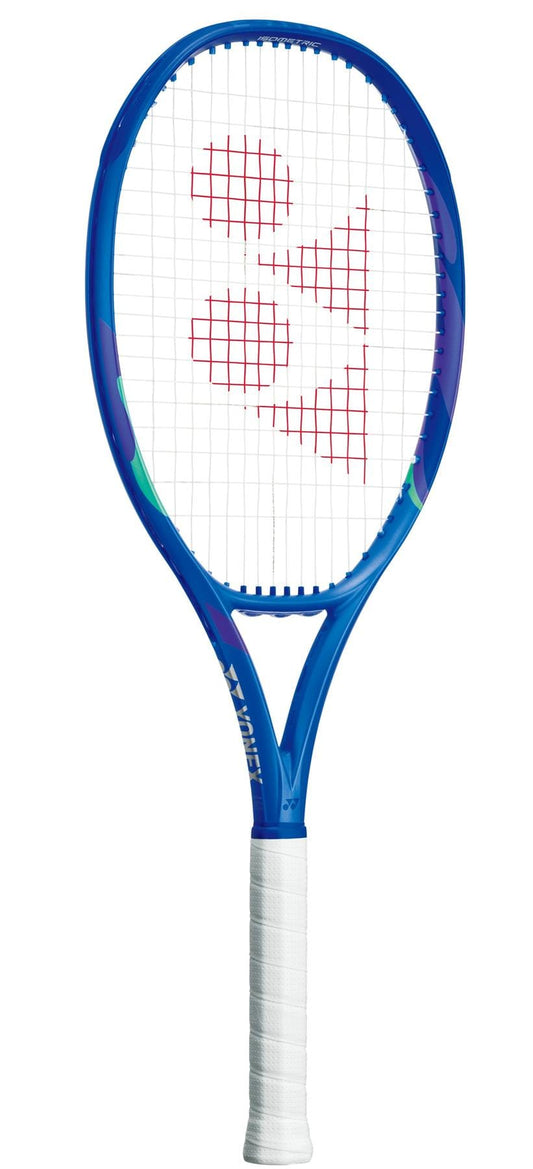
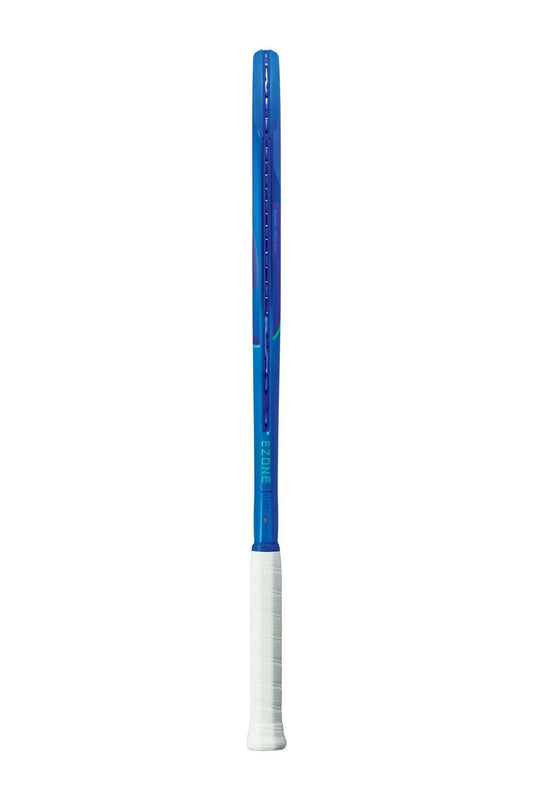 Grip 1 (4" 1/8)Grip 2 (4" 1/4)Grip 3 (4" 3/8)275GAttacking Power105 in² / 677 cm²
Grip 1 (4" 1/8)Grip 2 (4" 1/4)Grip 3 (4" 3/8)275GAttacking Power105 in² / 677 cm²Yonex EZONE 105 2025 Tennis Racket - Blast Blue
Save 21%Regular price From £188.99Regular priceUnit price / per£240.00Sale price From £188.99Sale -
240GAttacking Power98 in² / 630 cm²
Babolat Pure Drive Junior 25 Gen 11 Tennis Racket - Light Blue
Save 24%Regular price £79.99Regular priceUnit price / per£105.00Sale price £79.99Sale -

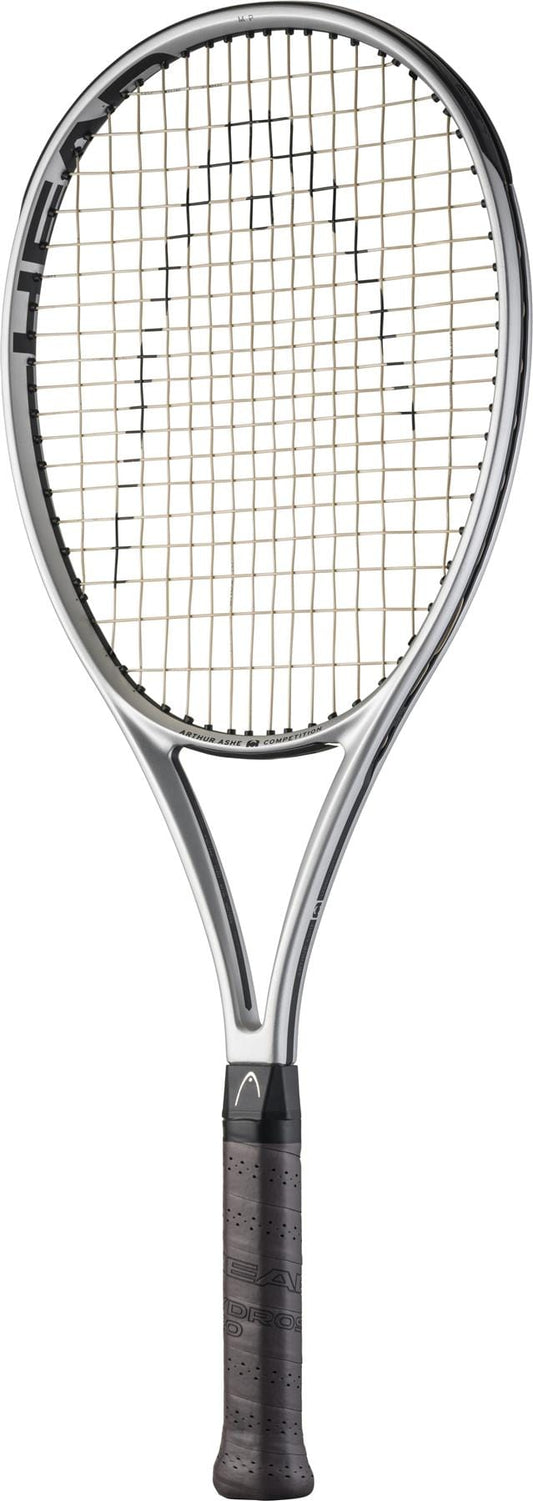 Grip 2 (4" 1/4)Grip 3 (4" 3/8)Grip 4 (4" 1/2)295GAttacking Power100 in² / 645 cm²
Grip 2 (4" 1/4)Grip 3 (4" 3/8)Grip 4 (4" 1/2)295GAttacking Power100 in² / 645 cm²HEAD Arthur Ashe Competition 2025 Tennis Racket - Silver
Save 30%Regular price From £159.95Regular priceUnit price / per£230.00Sale price From £159.95Sale -
215GAttacking Power98 in² / 630 cm²
Babolat Drive Junior 23 Tennis Racket - White
Save 24%Regular price £41.68Regular priceUnit price / per£55.00Sale price £41.68Sale -

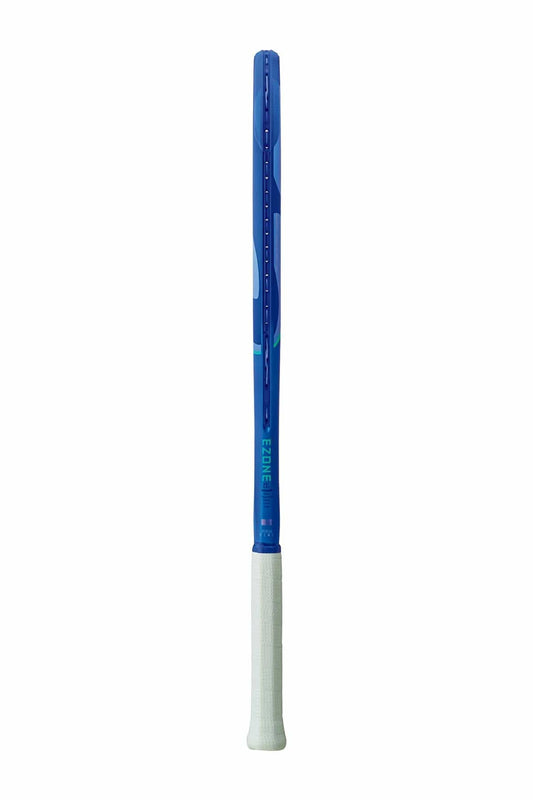 Grip 1 (4" 1/8)Grip 2 (4" 1/4)Grip 3 (4" 3/8)260GAttacking Power100 in² / 645 cm²
Grip 1 (4" 1/8)Grip 2 (4" 1/4)Grip 3 (4" 3/8)260GAttacking Power100 in² / 645 cm²Yonex EZONE Alpha L 2025 Tennis Racket - Blast Blue
Save 28%Regular price £104.95Regular priceUnit price / per£145.00Sale price £104.95Sale -

 Grip 1 (4" 1/8)Grip 2 (4" 1/4)Grip 3 (4" 3/8)285GAttacking Power107 in² / 690 cm²
Grip 1 (4" 1/8)Grip 2 (4" 1/4)Grip 3 (4" 3/8)285GAttacking Power107 in² / 690 cm²Babolat Pure Drive 107 2025 Tennis Racket - Blue
Save 10%Regular price £202.49Regular priceUnit price / per£224.99Sale price £202.49Sale -

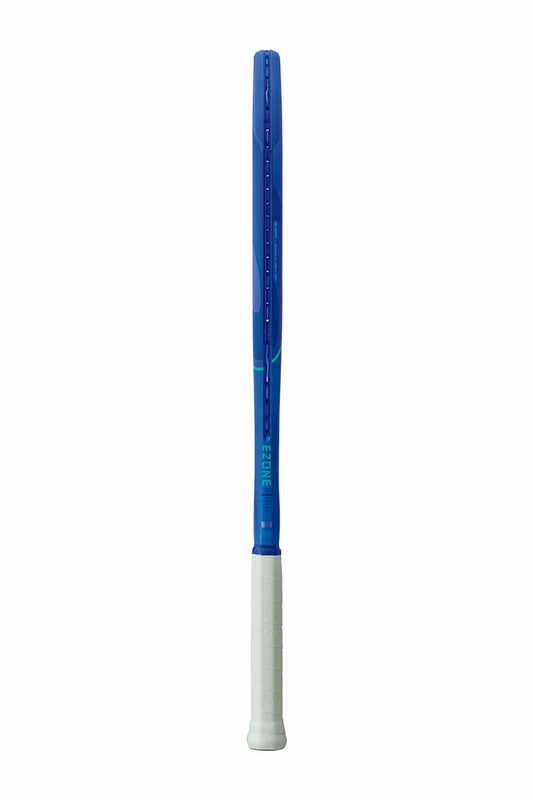 Grip 1 (4" 1/8)Grip 2 (4" 1/4)Grip 3 (4" 3/8)255GAttacking Power110 in² / 709 cm²
Grip 1 (4" 1/8)Grip 2 (4" 1/4)Grip 3 (4" 3/8)255GAttacking Power110 in² / 709 cm²Yonex EZONE 110 2025 Tennis Racket - Blast Blue
Save 21%Regular price £146.95Regular priceUnit price / per£185.00Sale price £146.95Sale -
260GAttacking Power120 in² / 774 cm²
Prince O3 Legacy 120 2025 Tennis Racket - Gold
Save 30%Regular price £161.00Regular priceUnit price / per£230.00Sale price £161.00Sale -
240GAttacking Power98 in² / 630 cm²
Babolat Pure Drive Junior 25 Gen 11 Tennis Racket - Dark Blue
Save 33%Regular price £69.95Regular priceUnit price / per£105.00Sale price £69.95Sale -
250GAttacking Power100 in² / 645 cm²
HEAD IG Gravity Junior 26 2025 Tennis Racket - Black
Save 10%Regular price £54.00Regular priceUnit price / per£60.00Sale price £54.00Sale -
300GAttacking Power100 in² / 645 cm²
Prince Beast Power 300g Tennis Racket - Red / Black
Save 35%Regular price £78.00Regular priceUnit price / per£120.00Sale price £78.00Sale -
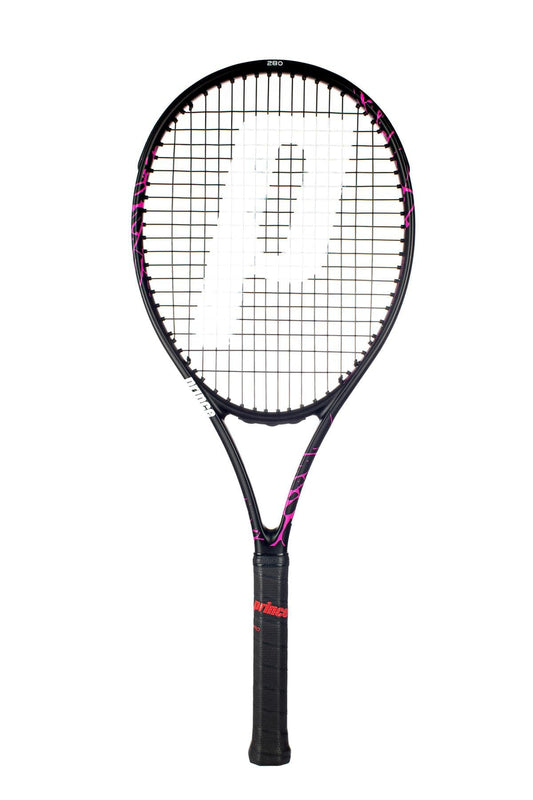
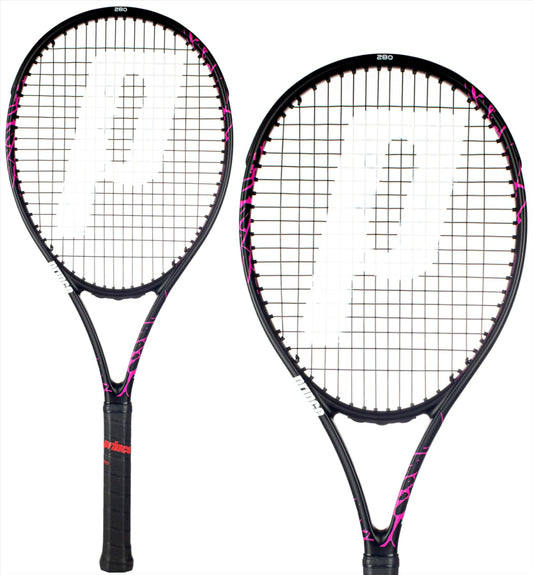 Grip 1 (4" 1/8)Grip 2 (4" 1/4)Grip 3 (4" 3/8)SALE Save 30%285GAttacking Power100 in² / 645 cm²
Grip 1 (4" 1/8)Grip 2 (4" 1/4)Grip 3 (4" 3/8)SALE Save 30%285GAttacking Power100 in² / 645 cm²Prince Beast Pink 100 280g Tennis Racket (Frame Only)
Save 30% SALERegular price £135.95Regular priceUnit price / per£195.00Sale price £135.95Sale -
280GAttacking Power105 in² / 677 cm²
Prince O3 Legacy 105 2025 Tennis Racket - Gold
Save 29%Regular price From £152.21Regular priceUnit price / per£215.00Sale price From £152.21Sale -
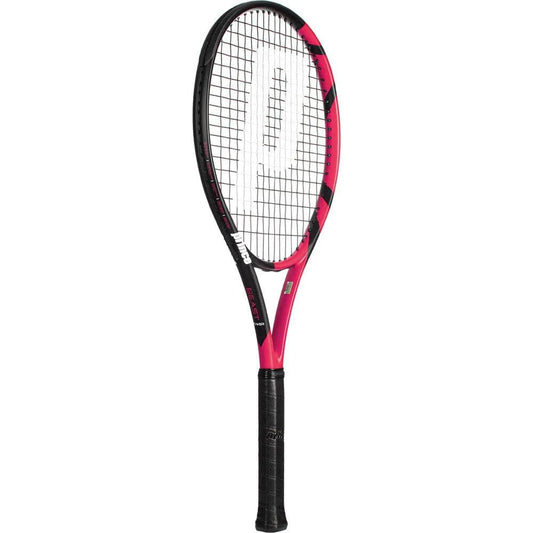
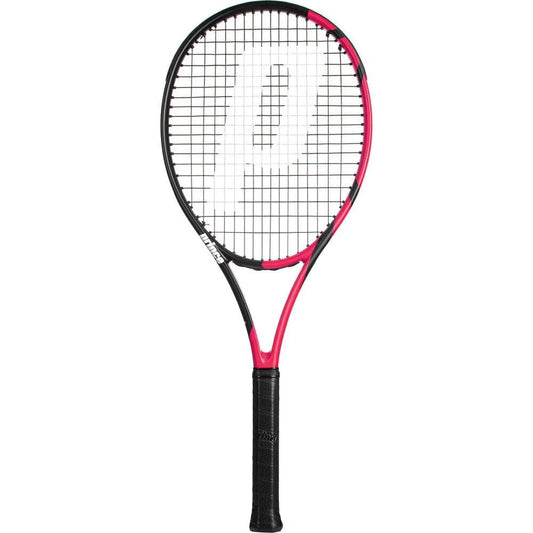 Grip 1 (4" 1/8)Grip 2 (4" 1/4)Grip 3 (4" 3/8)270GAttacking Power100 in² / 645 cm²
Grip 1 (4" 1/8)Grip 2 (4" 1/4)Grip 3 (4" 3/8)270GAttacking Power100 in² / 645 cm²Prince Beast Power 270g Tennis Racket - Pink / Black
Save 21%Regular price £94.99Regular priceUnit price / per£120.00Sale price £94.99Sale -
255GAttacking Power100 in² / 645 cm²
HEAD Gravity Junior 2025 Tennis Racket - Black
Save 10%Regular price £89.99Regular priceUnit price / per£100.00Sale price £89.99Sale -
215GAttacking Power95 in² / 612 cm²
HEAD IG Gravity Junior 23 2025 Tennis Racket - Black
Save 10%Regular price £44.97Regular priceUnit price / per£50.00Sale price £44.97Sale -
285GAttacking Power100 in² / 645 cm²
Prince Beast Power 285g Tennis Racket - Red / Black
Save 21%Regular price £94.99Regular priceUnit price / per£120.00Sale price £94.99Sale -
240GAttacking Power100 in² / 645 cm²
HEAD IG Gravity Junior 25 2025 Tennis Racket - Black
Save 20%Regular price £47.99Regular priceUnit price / per£60.00Sale price £47.99Sale -
295GAttacking Power100 in² / 645 cm²
Tecnifibre T-Fight 295 Isoflex Tennis Racket - White
Save 21% SALERegular price £173.97Regular priceUnit price / per£220.00Sale price £173.97Sale -
265GAttacking Power100 in² / 645 cm²
Prince Beast Pink 100 265g Tennis Racket (Frame Only)
Save 30% SALERegular price £135.95Regular priceUnit price / per£195.00Sale price £135.95Sale -
230GAttacking Power100 in² / 645 cm²
HEAD Gravity Junior 25 2025 Tennis Racket - Black
Save 25%Regular price £59.99Regular priceUnit price / per£80.00Sale price £59.99Sale













































